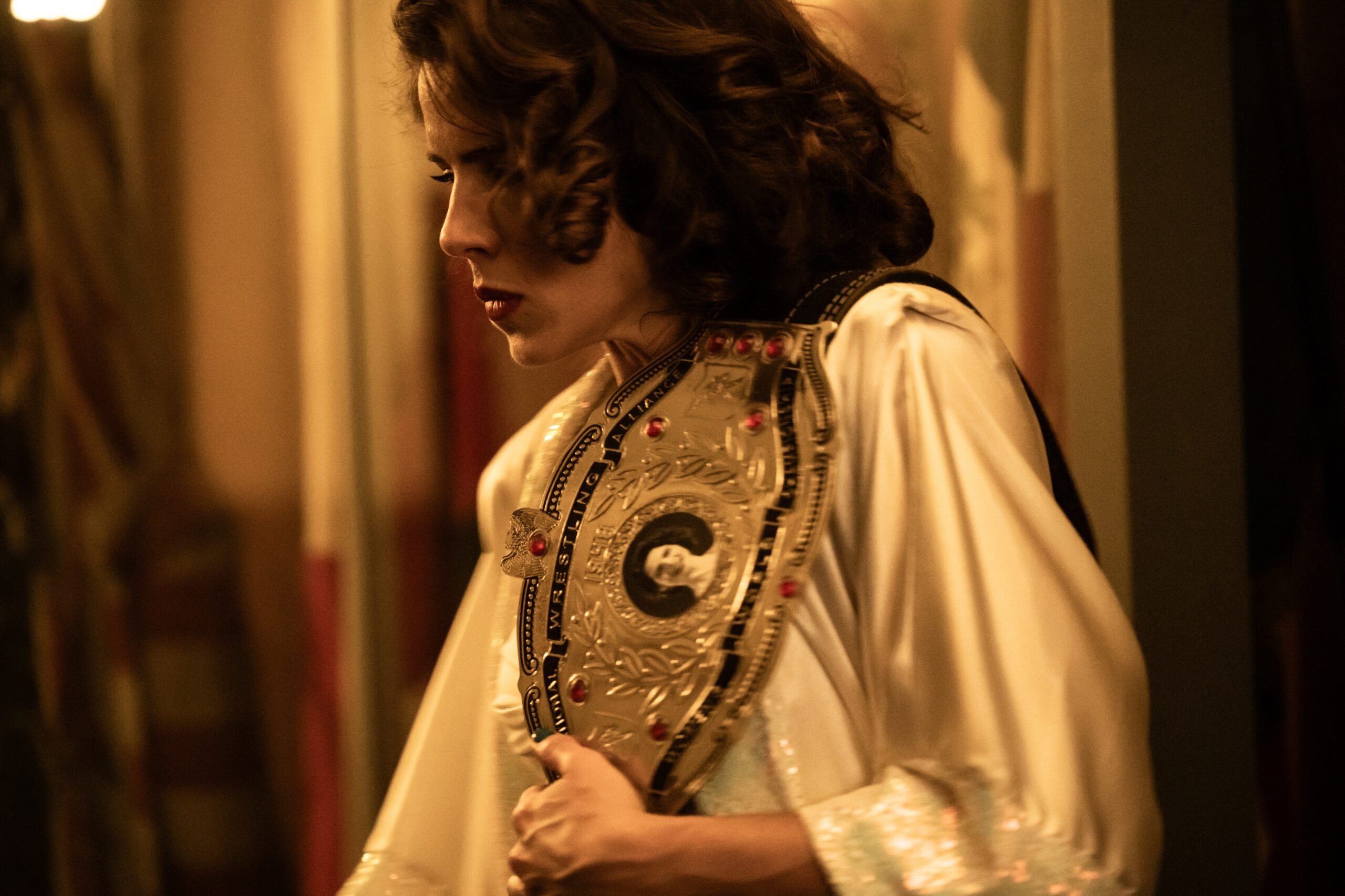
Mildred Burke: The Untold Story Behind "Queen of the Ring"
"Queen of the Ring," the new sports biopic, dives deep into the extraordinary life of Mildred Burke, a trailblazing female wrestler who shattered societal norms and dominated the wrestling world from the 1930s to the mid-1950s. While the film culminates in a dramatic wrestling match, there’s so much more to Burke’s story than just what happens in the ring.
Emily Bett Rickards, who embodies Burke in the film, reveals that portraying the wrestling icon required more than just physical transformation. For Rickards, understanding Burke’s motivations and personality hinged on recognizing her unique position as a muscular woman in an era where femininity was narrowly defined.
"Mildred put on this muscle in a time when it was not in vogue," Rickards explains, highlighting the revolutionary nature of Burke’s physique. "There’s a lot more women in the gym now, but at the time, women were not muscular. She wanted her femininity to coincide with this physical strength."
This perspective guided Rickards’ preparation, which involved intense physical training and a dedicated diet. But the physical transformation was more than just about aesthetics. "Putting on the muscle was important for the physicality of her," Rickards emphasizes. "But more so than that, it actually helped me find out who she was, because that’s how she operated in the world. She’s flexing in all her pictures because that was her showmanship, that was her claim to fame."
Burke’s influence extends far beyond her own career. She paved the way for modern wrestling superstars like Becky Lynch and Toni Storm, who makes a cameo in "Queen of the Ring" alongside other professional wrestlers. The film, based on Jeff Leen’s biography, "The Queen of the Ring: Sex, Muscles, Diamonds, and the Making of an American Legend," blends historical facts with creative storytelling.
The movie portrays Millie (born Mildred Bliss) as a single mother working in a diner in the 1930s when she encounters wrestling manager Billy Wolfe, played by Josh Lucas. Intrigued by the world of wrestling, Millie relentlessly pursues Wolfe to teach her the ropes. In a pivotal scene, Wolfe attempts to intimidate her on her first day of training by having a male wrestler body-slam her. However, Millie retaliates by slamming him instead, proving her strength and determination.
"I was lifting dudes three times my size!" Rickards exclaims, describing the demanding wrestling scenes. "A lot of the time when you’re picking up someone, they’re doing most of the work. It’s wrestling, but it’s an art form and it’s so cool."
Facing legal restrictions that prohibited women from wrestling other women in many states, Wolfe transformed Burke into a traveling carnival attraction known as "the Kansas Cyclone." She would challenge men from the audience, often surprising them with her formidable wrestling skills. "They didn’t believe that this woman in front of them stood a chance, and that’s their fault and their problem because she showed them that she could," Rickards explains, capturing the essence of Burke’s groundbreaking impact.
Wolfe eventually established a league of female wrestlers to compete alongside Millie, who fought for equal pay with her male counterparts. She understood her worth and believed she deserved the same financial recognition as men.
To secure her financial stake in the business, Burke married Wolfe, navigating his infidelity and womanizing. Despite her efforts, their divorce in the early 1950s had a devastating impact on her finances and wrestling career. "She did the best that she could but ultimately her downfall was not knowing the inner workings of business because she wasn’t allowed in the room," Rickards laments, highlighting the barriers Burke faced as a woman in a male-dominated industry.
Every compelling wrestling narrative needs a formidable antagonist, and for Burke, that rival was June Byers, nicknamed "the Texas Tornado," who was also Wolfe’s daughter-in-law. The film casts Kailey Latimer as June, emphasizing Byers’ imposing stature compared to Burke. "It was supposed to be impossible for Mildred to beat this woman," Rickards clarifies, highlighting the challenge Burke faced in the ring.
"Queen of the Ring" builds to the climactic and controversial 1954 match between Burke and Byers in Atlanta. The film depicts the match as a "shoot," meaning a real physical fight rather than a predetermined performance. In wrestling terminology, it’s a true battle of skill and strength.
The film concludes with a no-contest decision, leaving Burke with her championship belt. In reality, the outcome was more ambiguous. While Burke believed she had won, the Atlanta Athletic Commission awarded the title to Byers. This real life twist underscores the unfairness and adversity Burke often confronted.
Rickards emphasizes that Burke’s story continued after the events depicted in the film. Burke ventured to Japan, pioneering women’s wrestling in that country. "We end our story right as the age of television is taking off," Rickards explains, emphasizing the crucial historical context. "And unfortunately, that is why Mildred gets forgotten. That is really at the fault of Billy Wolfe, who didn’t believe that television was going to be a large thing for wrestling but clearly that did not go as he planned."
In essence, "Queen of the Ring" celebrates Mildred Burke’s strength, determination, and enduring legacy while acknowledging the complexities and injustices she faced. The film serves as a powerful reminder of her contributions to the world of professional wrestling and her inspiring journey as a pioneering female athlete.
